Taxes become way more complicated when you transition from a W-2 employee to a business owner. As a W-2 employee, your employer does all of the leg work in withholding your federal and state income taxes, payroll taxes, retirement contributions, and benefit payments on your behalf. When you become a business owner, you must do all of that for yourself and make sure you are paying taxes regularly. This is where working with an experienced CPA tax advisor can be extremely helpful in navigating a complex tax world.
Why The Government Requires Estimated Taxes
The government wants to collect tax revenue as often as possible. They needed to implement a system that forces you to pay taxes regularly throughout the year instead of all at once at the end of the year when you file your income tax return. We call this paying “estimated taxes.”
What happens if you don’t pay your estimated taxes?
If you don’t pay estimated taxes by the due date for each quarter, they will assess additional penalties and interest on the tax return you file at the end of the year. The penalties and interest are based on the outstanding amount of time the estimated tax goes unpaid.
Estimated Tax Due Dates
Your estimated taxes for a tax year are due on the following dates:
- Q1: April 15 of the tax year
- Q2: June 15 of the tax year
- Q3: September 15 of the tax year
- Q4: January 15 following the tax year
- Final Tax Payment: April 15 following the tax year
Some people prefer to pay their Q4 state tax before the end of the tax year to lock in their state income tax deduction. This may also be required if you are electing the pass-through entity tax in your state.
How Withholdings Affect Your Quarterly Tax Payments
If you have federal income tax withheld from your paycheck, this will reduce the overall amount of tax you will need to pay to meet your quarterly tax obligations. You might also have other forms of withholding or payments made towards your current tax year outside of your estimated tax obligations – like applied overpayments.
Simply subtract your total withholdings for the year (you might have to estimate this based on projected paystubs) from this overall tax liability number, and then divide this number by 4.
We aren’t going to spend time calculating your penalties and interest if you underpay using one of these three methods because your accountant should be able to do that for you when they ultimately prepare your tax return.
They will prepare Form 2210 which must be included with your return and should include one of the three methods above to determine whether or not you met the estimated tax requirements.
How to Calculate Your Minimum Estimated Taxes
There are three methods to calculate your estimated taxes: prior year safe harbor, current-year safe harbor, or annualized income approach.
You can choose any option, but it will be best if you choose the smallest tax requirement under one of the three methods to calculate the amount of income taxes you need to pay in each quarter.
To calculate your estimated taxes, you’ll need two things no matter which method you choose:
- A copy of your personal and income tax returns from the previous year
- Up-to-date income statement (“P&L”) by the end of every month immediately prior to the estimated tax due date.
S-corporation and Partnership Pass-through Owners
If you have an S-corporation or a partnership, you will need to include your share of the year-to-date business income in your estimated tax calculation. This is because S-corporations and partnerships do not pay federal income taxes – the shareholders or members do. Depending on your state, your business might need to pay a franchise tax or withholding tax which is a separate tax that should be separately calculated for your company.
Once you have this information, your CPA or EA can calculate estimated taxes under one of the three methods:
Method #1: Prior Year Safe Harbor
If you have a copy of your prior-year tax return, you can easily calculate what you owe under the prior year safe harbor by looking at your prior year’s tax liability:
- Look at your Form 1040 and look to the line that says “Total Tax.” This is our starting point.
- Look at the line that says Adjusted Gross Income. If this number is greater than $150,000, you need to add a multiplier to your Total Tax number. Multiply your Total Tax number by 110%. This is your new starting point.
- Then, subtract your estimated tax withholding from any W-2 salary or wages for either you or your spouse. From here, divide your Total Tax number by 4. This is the amount you should pay every single quarter to meet the prior year safe harbor unless you fall under one of the other two methods.
Prior Year Safe Harbor calculation example
For example, let’s say your Adjusted Gross Income was $300,000 and your tax liability was $80,000. Because your AGI is over $150,000, you fall under the 110% high-income safe harbor. You would take $80,000 * 110% = $88,000. Your estimated W-2 withholding is $20,000, so your quarterly tax obligations are $68,000. Divide this by 4, and you would be required to pay $22,000 by the due date to avoid penalties under this method.
The benefit of using the Prior Year Safe Harbor
The main benefit to using the prior year safe harbor method is that it’s easy. You don’t have to do that much work – just look at your return from last year and pay in the same amount each quarter. In fact, most accountants will provide you the vouchers just based on the returns they prepare for you in the previous year.
The disadvantage of using Prior Year Safe Harbor
The primary downside to using the prior year safe harbor method is that your business income can fluctuate year over year. You might have an anomaly year where you generated a massive windfall, but it doesn’t make sense to pay 110% of your tax from that year the following year. You might overpay your taxes by a significant margin and hurt yourself by giving the IRS your money. Once you pay in estimated taxes, you cannot get a refund until you file your income tax return.
Method #2: Current Year Tax Liability
Under this method, you need to pay in at least 90% of the current year’s tax liability to avoid penalties and interest. This is in contrast to the prior year safe harbor method, which requires you to pay it based on last year’s tax liability.
This is more difficult to compute than the prior-year safe harbor because you will need to forecast your tax liability for the entire year before you can determine each quarter’s tax obligations. This means you need good estimates on how much you are making from all of your income sources.
You should work with an outsourced CFO who can help prepare reasonable budgets and forecasts to estimate your business income. If you have good financial projections for your business, you can start with these and then compare it to the prior year safe harbor method to determine which estimated tax amount is lower. We believe it’s best to stick with the prior year safe harbor unless you have some reason to believe your current tax year will be much lower than last year’s.
The main downside of this method is that you don’t necessarily know what you will make because you don’t have a crystal ball that can dictate the future.
Method #3: Annualized Income Method
The last method is the one that will probably lead to the most accurate estimated tax payments in line with your tax liability for the year. We call this the annualized income method. This method requires current income statement information from your business for us to calculate the tax you owe each quarter.
Let’s start with a simple example.
If you make $100,000 in the first 5 months of the year, what is your required Q2 estimated tax payment for June?
First, we’ll assume that because you made $100,000 in the first 5 months, your annualized income for an entire 12 month period is $100,000 * (12/5 months) = $240,000 for the year.
We then calculate your full-year tax liability on $240,000. Let’s say we run this through our calculator and determine your taxes for an entire year to be $90,000. With your estimated withholdings of $20,000, your estimated tax obligation is $70,000. Since this is the second quarter, you should only pay half of that tax halfway through the year, so your required taxes to be remitted is $35,000. If you paid $15,000 in the first quarter, your tax obligation for Q2 is $20,000.
This is a more complex, long-form method of computing your estimated taxes, but it is more accurate than going with prior year or current year when you don’t know how much you will be making.
The disadvantage of using the annulalized income method
The downside of this method is that sometimes you overpay estimated taxes earlier in the year if your income in the latter half of the year is lower.
You definitely need to have a CPA or EA tax advisor that you trust working with you for this method. You need to have a clean income statement before doing any of the calculations. Your accountant should also have a good reference point and understanding of your tax liability throughout the year so they can help you make good decisions around tax planning during the year.
This is all too confusing…
If your brain is swirling from the estimated tax rules, fear not. CleverProfits helps our CFO clients with creating tax projections, estimated taxes, and more. Schedule a consultation with an advisor today.
The Clever Writing Team
The CleverProfits writing team includes various team members in Advisory, Financial Strategy, Tax, and Leadership. Our goal is to provide relevant and easy-to-understand financial content to help founders and business leaders reach their true potential.





